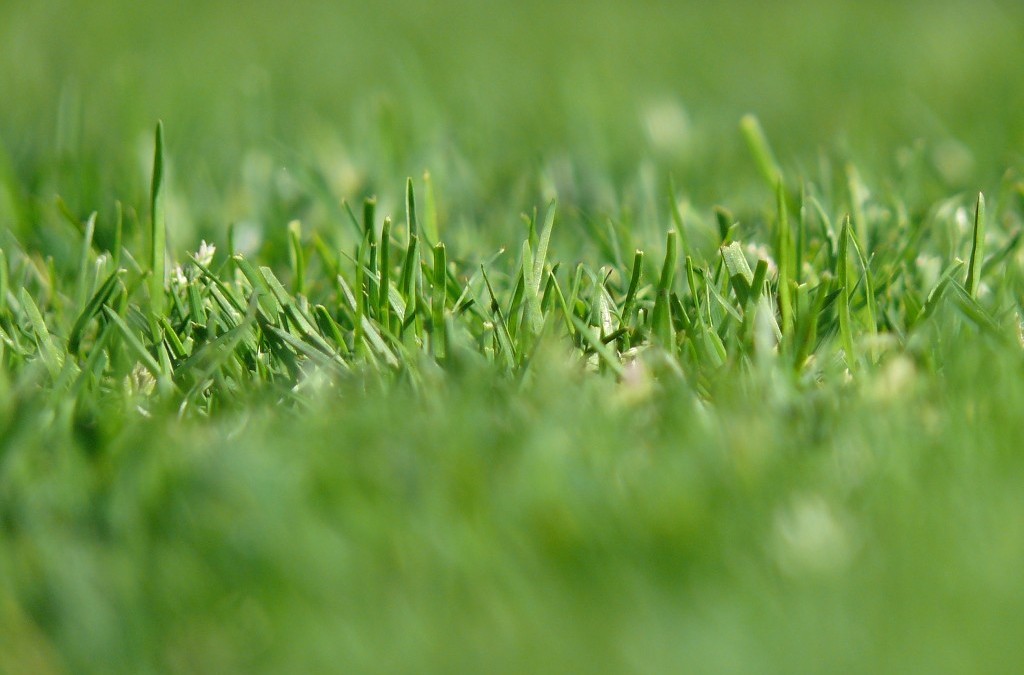Spring is an exciting time for gardeners. In anticipation of beautiful bright green lawns and blooming flower beds, some have been out there already, hoping to improve their soil conditions by applying fertilizers.
These fertilizers contribute to the growing problem of phosphorus pollution. Fertilizers are washed off of lawns and gardens during rain events, and end up flowing into local waterbodies. One study out of Wisconsin found that lawns produced runoff in over 50% of rain events, and that lawns treated with phosphorus-containing fertilizers unleashed twice as much nutrient pollution as unfertilized lawns.
High levels of phosphorus contribute to the growth of algae blooms, which harm fish habitats, close beaches and impact drinking water sources. In some areas, like the Lake Simcoe watershed, urban runoff is the leading source of phosphorus.
So is it possible to get a green lawn and a healthy garden without the use of fertilizers? One option is to reduce lawn areas by putting in rain gardens, which help water soak into the ground. On remaining grass and gardens, use the following tips to reduce runoff pollution:
- leave grass clippings on the lawn to naturally increase soil health
- aerate lawns in September or April to help absorb more water
- use compost to naturally improve soils (make your own at home or get it from your municipality), and make sure to rake it in
- test soils before using chemical fertilizers to determine what nutrients are needed and in what amounts
- if using chemical fertilizers, spread according to package directions on aerated lawns, water lawn after fertilizing, and ensure none of it runs off
- use only the recommended amount of fertilizer, and make sure not to spread pellets on sidewalks or driveways
- sweep up any grass clippings, organic matter or fertilizers that end up on hard surfaces and compost them
Municipalities can take measures to ensure that their own landscaping practices are sustainable and protecting local waterbodies. The USEPA provides guidance to municipalities for how to improve their landscaping policies and practices. For example, Sudbury, Ontario has a fertilizer use by-law that bans the use of phosphorus-containing fertilizers on residential lawns.

